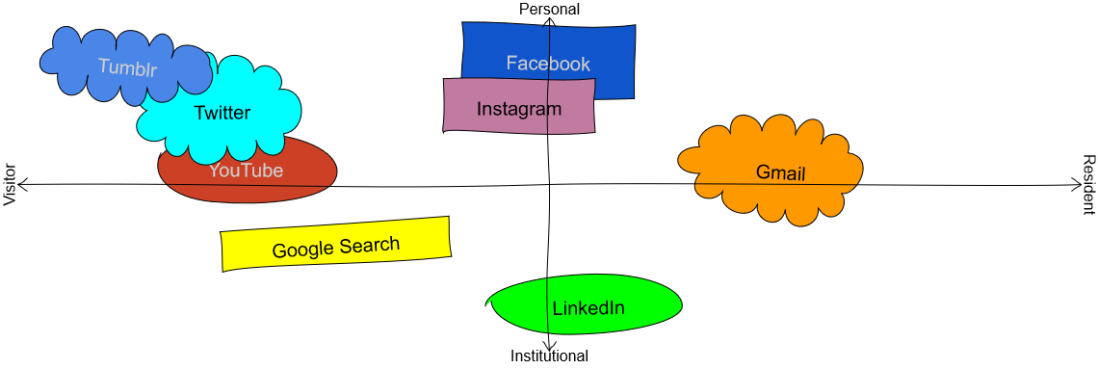“If you never try, you’ll never know what you are capable of.”
(John Barrow, n.d.)
I believe Barrow’s quote can be applied to my whole learning journey through MANG2049. I never thought I was capable of creating my own content, let alone posting it for the whole world to see. When I wrote my introductory post at the start of the module, I could merely speculate what the ending would be like 3 weeks later. Now that the module has come to an end, I truly feel I have accomplished a lot and that my digital confidence has improved significantly.
Though it was rather challenging, each topic was thought-provoking and extremely rewarding. The process of blogging helped me gain both knowledge as well as practical skills. I am able to create my own content, engage with others and continuously broaden my learning network. In this final post for the module, I will reflect how I have improved throughout this course and my thoughts about living, learning and working on the web and how I plan to take this forward.
The abundance of theoretical information through the FutureLearn MOOC and ongoing discussions, has given me a greater understanding of how the digital world has evolved over the years. These are some of the responses I made.
 (Sourced from FutureLearn. Self-Produced via Piktochart, 2017)
(Sourced from FutureLearn. Self-Produced via Piktochart, 2017)
The internet is my main source of information and it is definitely important for me to be weary of false information that is lurking all over the web. MANG2049 has equipped me with valuable practical skills that are applicable in various contexts. Over the course of this module, my digital literacy has significantly improved. I developed my ability to create, manage and redistribute content online. To support my statement, please refer to the infographic below.

(Original Content. Self-Produced via Piktochart, 2017)
The Self-Test undertaken at the beginning really put into perspective where I was as a digital user among the rest and the aspects in which I need to work on. I believe I have achieved these ratings by opening myself up to a wider range of sources with a more critical outlook. I pushed myself to think out of the box and made comments on other blog posts that shared similar and/or different views in order to enhance my learning and gather knowledge which developed my critical thinking skills.
I was once a digital visitor, now I am moving towards a digital resident.

(Original Content. Self-Produced via Canva, 2017)
With regards to building an online identity and presence, I expressed a desire to improve my LinkedIn and Twitter accounts and differentiate my identity between personal and professional. The changes I have made to my digital profiles reflect my learning and will continue to impact my online actions in the future. Here are how my various digital profiles have evolved over time to their current status.
(Original Content. Self-Produced via Microsoft PowerPoint, 2017)
I made more connections on LinkedIn and included my professional contact details and the skills that I have gained from each working experience that I have been through. I uploaded a more professional photo and kept it consistent with my Twitter account. This maintains my consistency and authenticity. I also added a cover photo to give it a personal touch and feel.
In addition, regarding my participation in online communities, MANG2049 has given me the opportunity to engage with my peers to some extent. It was a great opportunity to develop my ability to communicate with others online. By collaborating with peers and following areas of interest on Twitter, I managed to expand my network and gain more inspiration. I proceeded to tweet more frequently and retweeted many interesting posts which I find enlightening. Here are some examples of Tweets that I contributed.
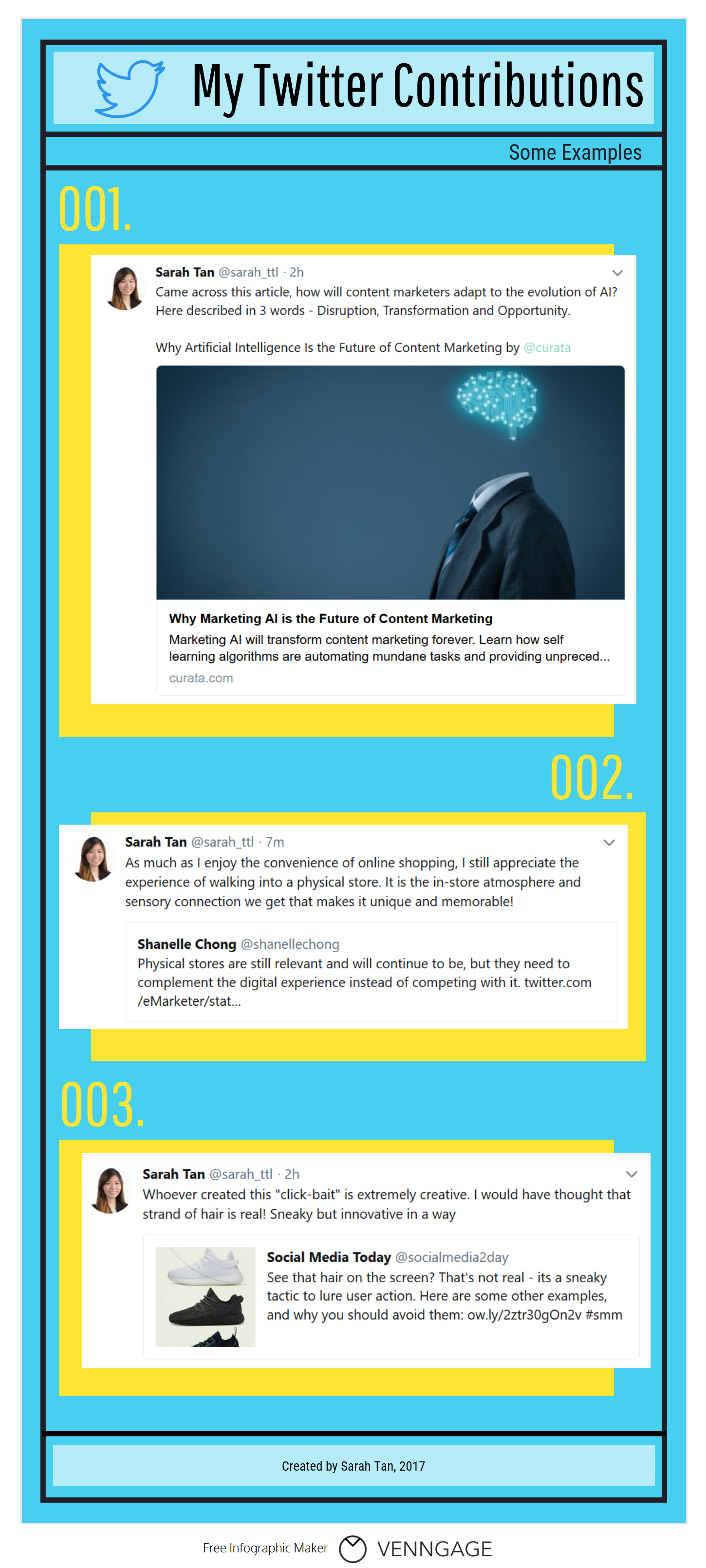
(Original Content. Self-Produced via Venngage, 2017)
I hope to continue building my online networks, both personally and professionally to give myself a more enjoyable online experience in the future.
MANG2049 has also inspired me to work on my creativity and content creation skills. I made a Pinterest account and took note of the designs that gave me more inspiration in improving my content. Here is my Pinterest board.

(Screenshot via My Pinterest Board, 2017)
Furthermore, by incorporating various means of presenting my content, such as Powtoon, Biteable, Prezi, Canva, Piktochart and Venngage, I am able to express my creativity and convey my message in a more engaging and concise manner.
The skills, knowledge and digital profiles developed through this module will undoubtedly enhance my learning journey and future career. Here is a video I made showing the skills I have learnt and how I plan to apply them in the future.
(Original Content. Self-Produced via Biteable, 2017)
Overall, MANG2049 has benefited me greatly and is a unique module that made full use of online learning. It made me more intuitive and I find it to be innovative, fun and practical at the same time. The lessons I have learnt are enriching and I have acquired valuable skills that are applicable to numerous aspects of my life. Right now, I am well-tuned digitally and confident in obtaining the right information online. I have definitely made tremendous improvement regarding my blog posts and content and am pleased with my progress. Here is a screen recorded video of my content creation development on WordPress.
(Original Content. Self-Produced via Apowersoft, 2017)
These are my key learning points I have summarised in this Prezi presentation.
(Original Content. Self-Produced via Prezi, 2017)
Finally, I’ll leave you with this video (filmed, featuring and edited by me!) with some final thoughts on MANG2049! 😊
(Original Content. Self-Produced via Splice, 2017)
Word Count: 872
Connect with me via:
Twitter: https://twitter.com/sarah_ttl
LinkedIn: https://www.linkedin.com/in/sarah-tan-8816b0b9/
References
Barrow, J., (n.d.) BrainyQuote. John Barrow Quote.
University of Southampton, (2017). Future Learn. Learning in the Network Age – Media Literacy.
University of Southampton, (2017). Future Learn. Learning in the Network Age – Network Identity.

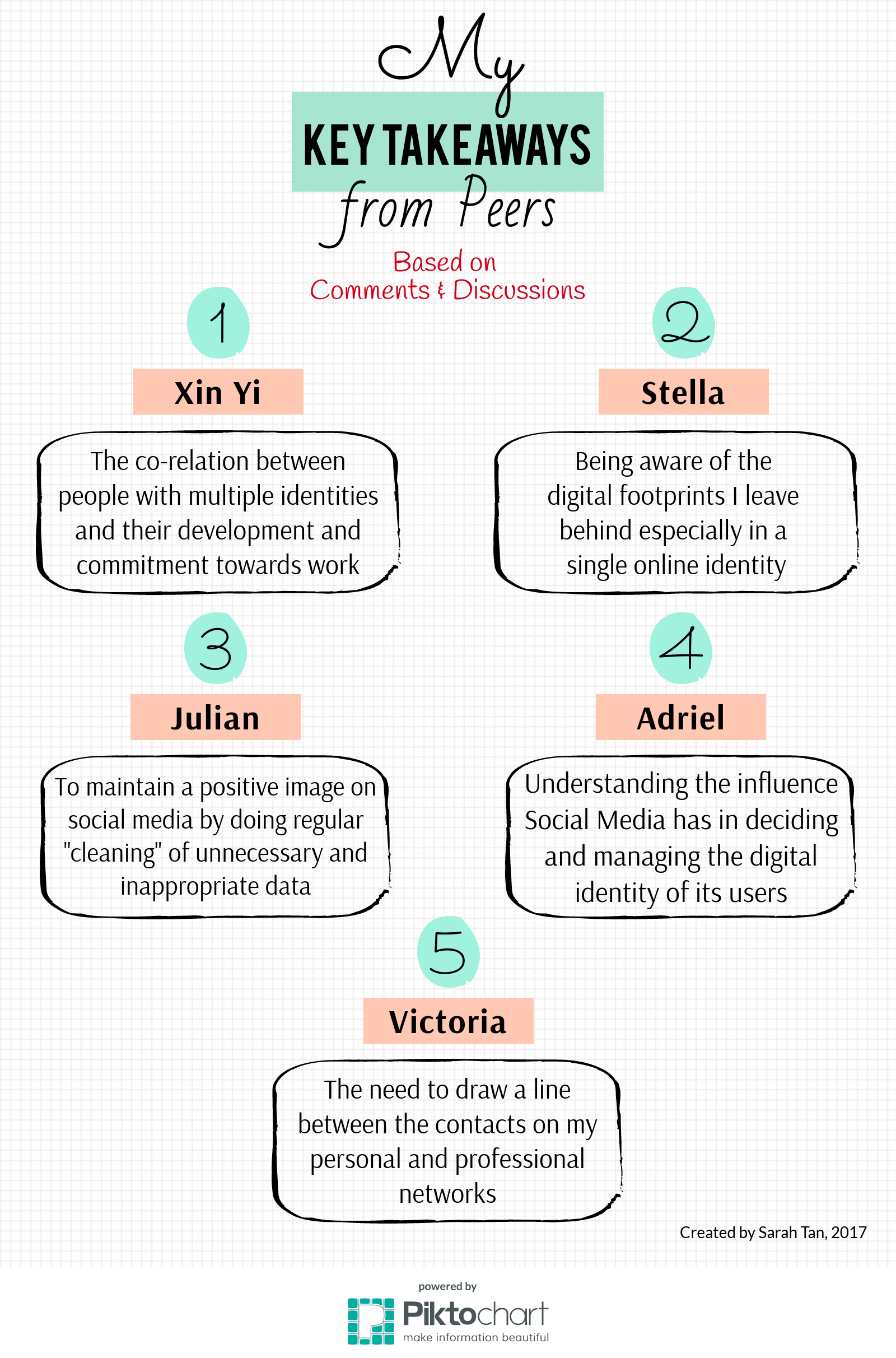


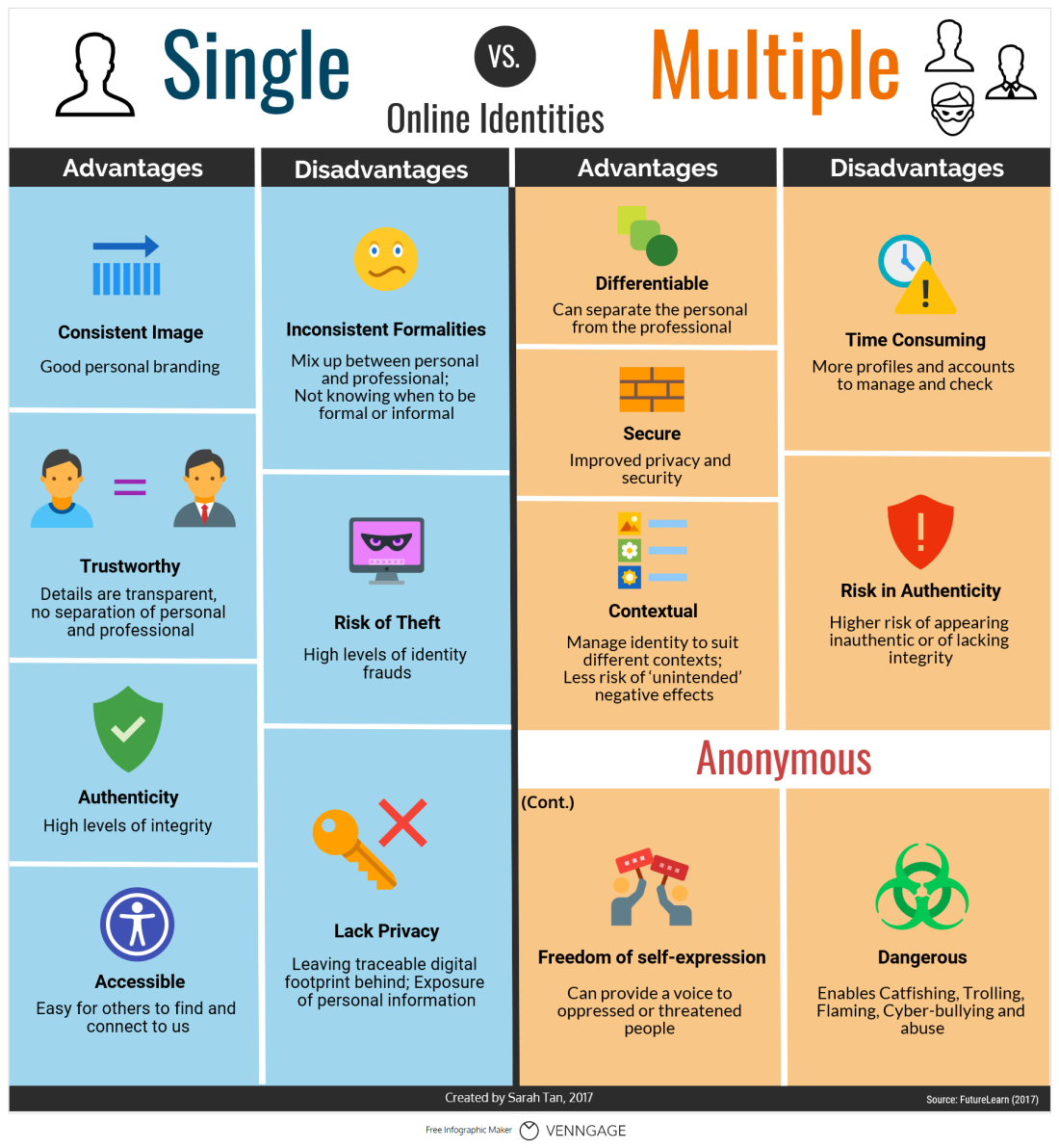


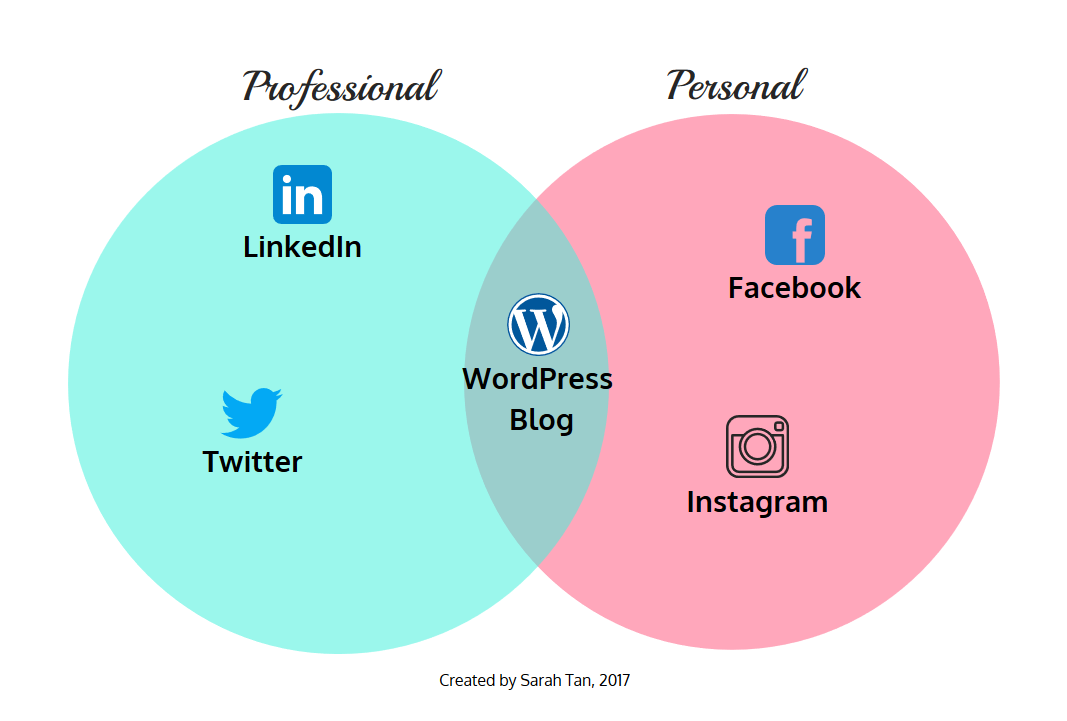

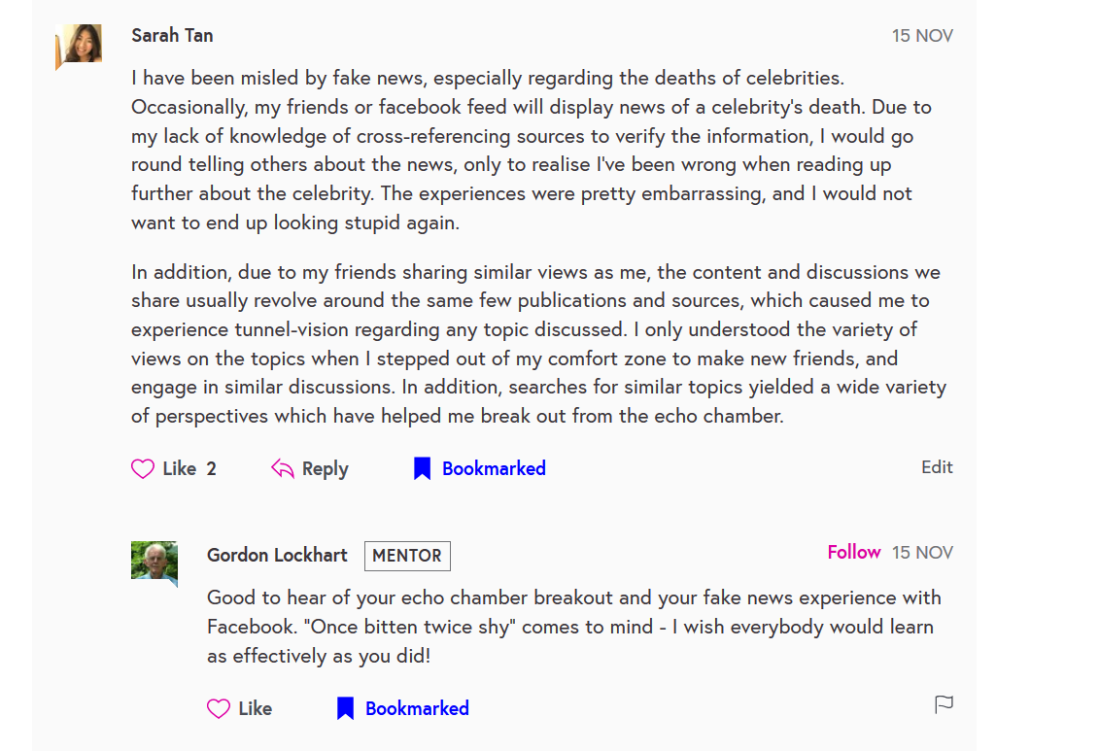
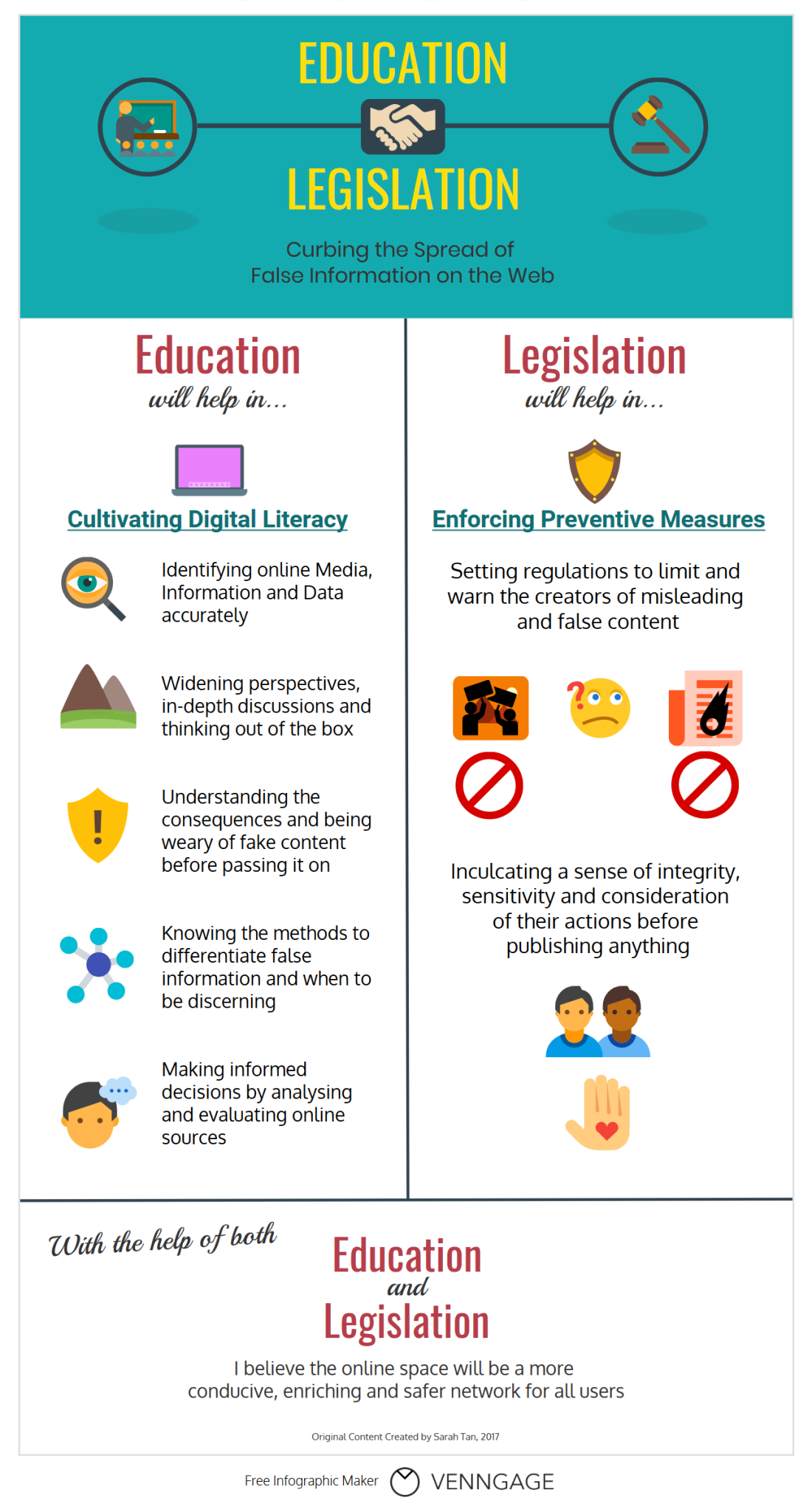

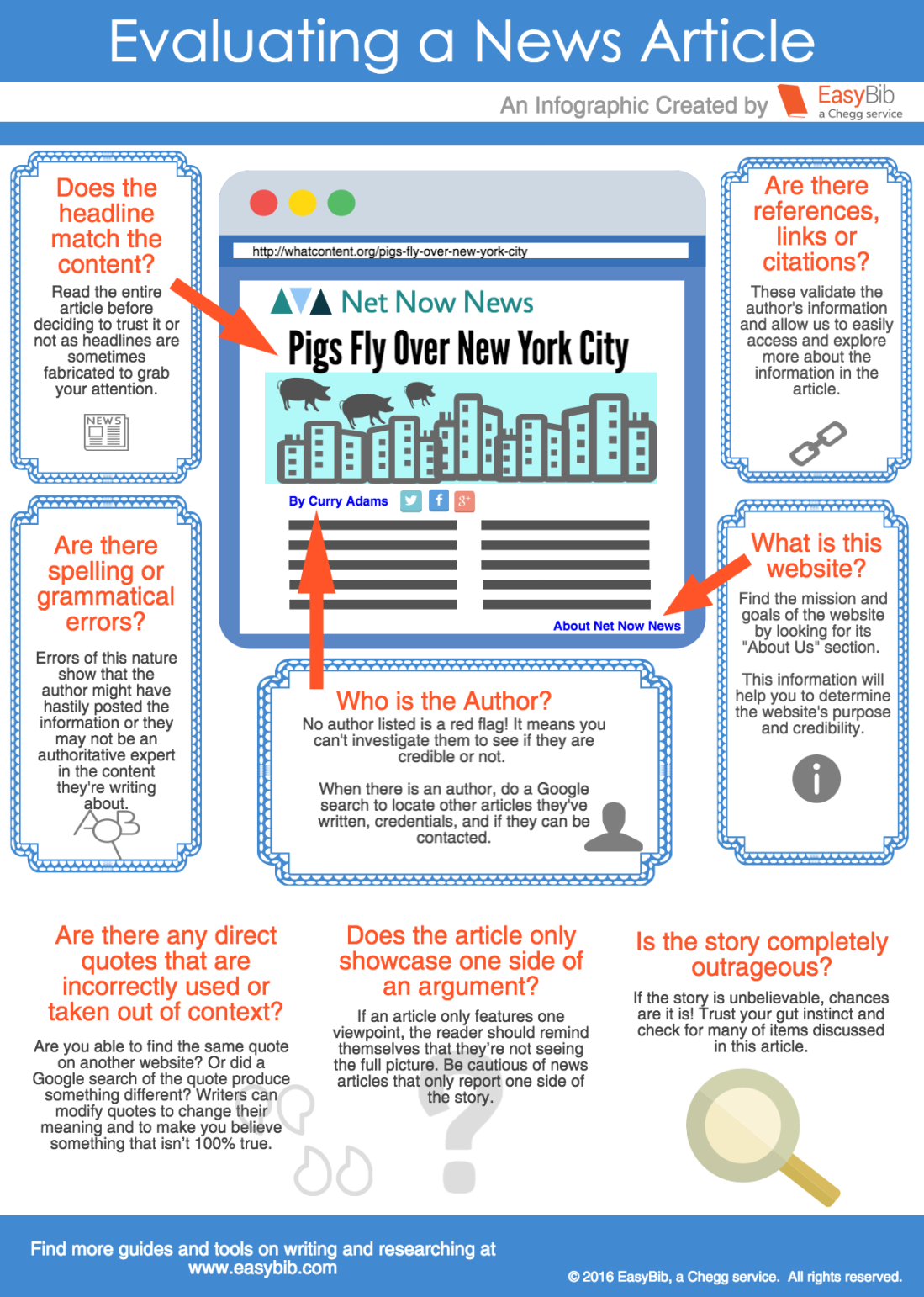




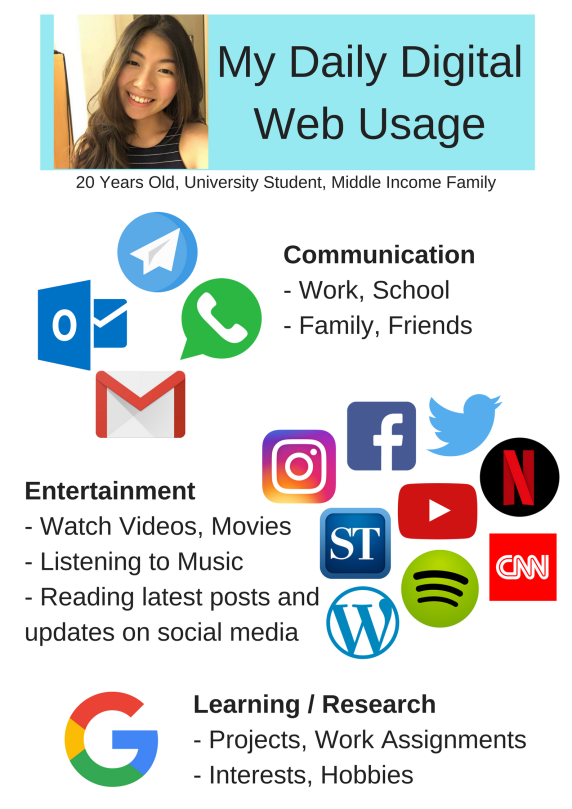 (Self-Produced: My Digital Experience, Via Canva)
(Self-Produced: My Digital Experience, Via Canva)
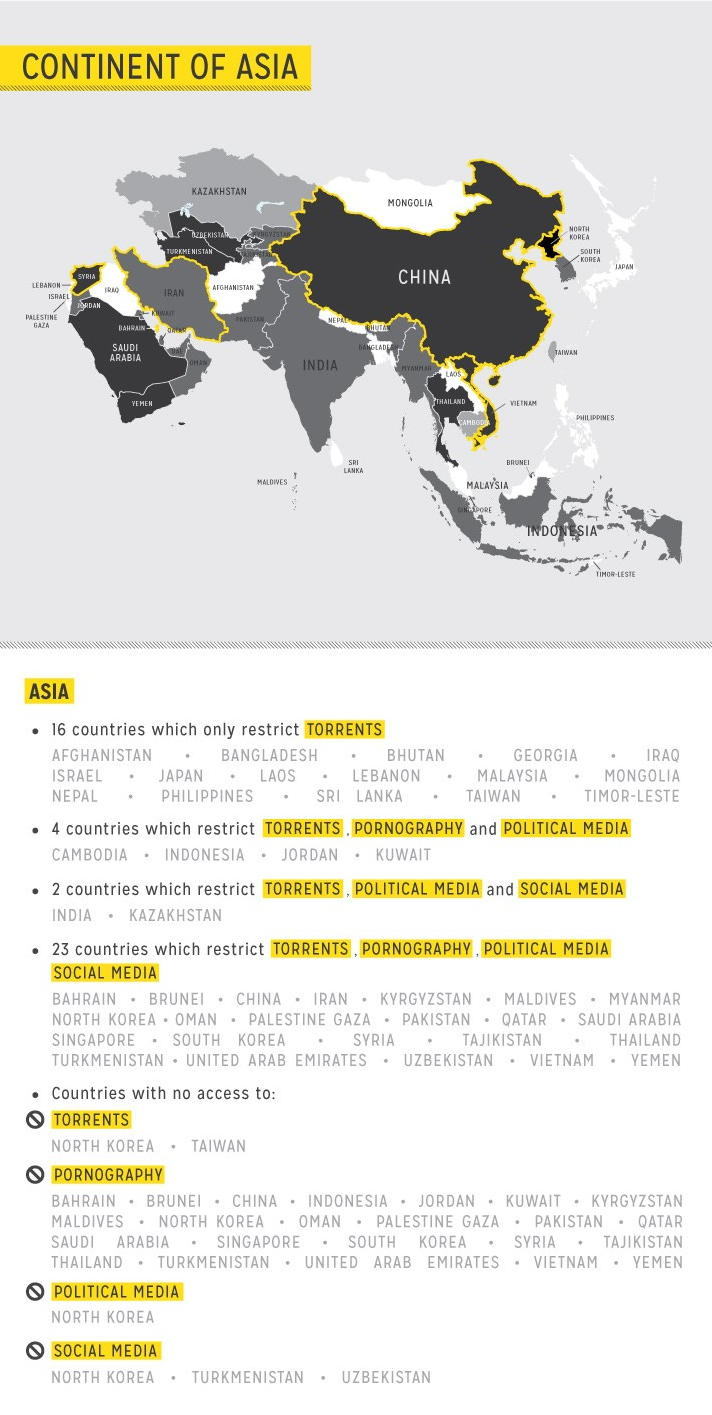
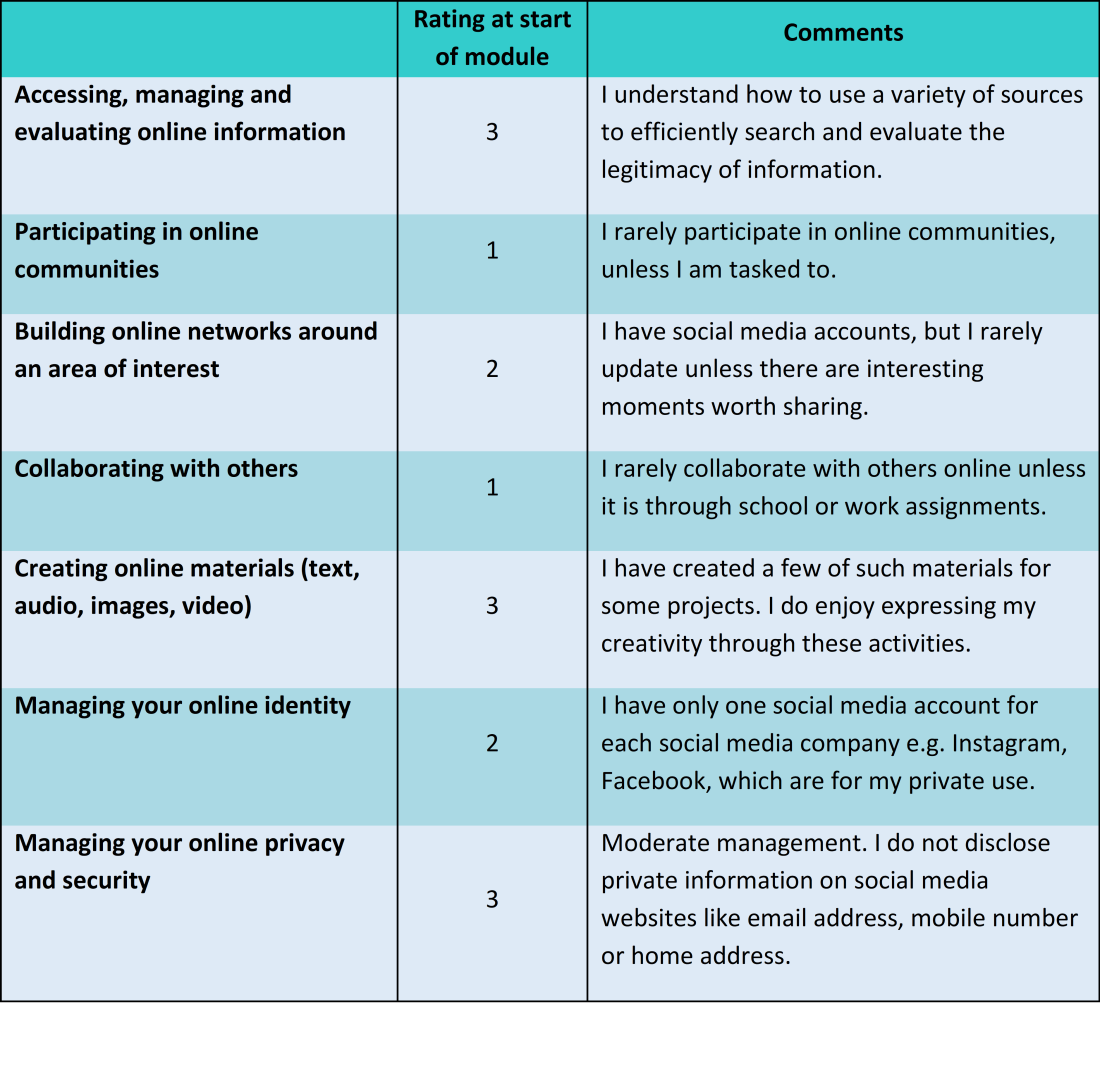

 (wearesocial, 2017)
(wearesocial, 2017)
